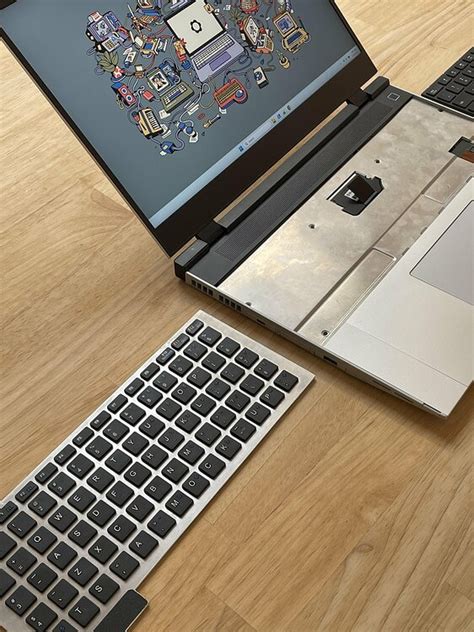The innovative Framework laptop has now made its way to additional Nordic countries—Denmark, Finland, and Sweden—marking a significant milestone for customizable and repairable laptops. Users in these regions and beyond have been engaging in lively discussions about what this expansion means, especially given the complexities of regional keyboard layouts, warranty requirements, and consumer preferences. Let’s delve deeper into these themes and the broader implications for the laptop market.
One persistent topic among Scandinavian users is the nuances of keyboard layouts, which go beyond mere language differences. For instance, a Swedish keyboard layout often suffices for Norwegian users, provided that specific character mappings like ‘Ö’ to ‘Ø’ and ‘Ä’ to ‘Æ’ are rightly configured. However, this seemingly minor adjustment has set the stage for deeper conversations about why Norway hasn’t yet been included in Framework’s market expansion. With discussions hinting that non-EU membership complicates logistics and warranties, translating manuals, and meeting regulatory standards, this issue highlights the intricate web of considerations companies must navigate when localizing tech products.
On the topic of warranties, users have highlighted the five-year mandatory warranty in the region, which some find daunting. It’s a double-edged sword: while it offers users extensive protection and peace of mind, it also imposes stringent demands on manufacturers. The trade-off between robust customer protections and manufacturer flexibility is one that could potentially slow down broader, rapid market expansions.
Hardware reliability has also formed a core part of the conversation. There’s a noticeable nostalgia for the legendary durability of older ThinkPads, renowned for their ‘roll cage’ structures—magnesium alloy frames that provided exceptional resilience. This durability stands in stark contrast to some modern laptops, including the Framework in its current iterations, where users have reported concerns such as fan replacements and keyboard issues. However, it’s the emphasis on repairability—an area where Framework truly shines—that has set it apart. This proposition of ‘Right to Repair’ and user empowerment is gaining significant traction.
Beyond hardware longevity, the customizable modular design of Framework has been its major selling point. Users appreciate the freedom to mix and match ports via expansion cards and the ease of upgrading internal components. This flexibility doesn’t just future-proof the laptop to an extent but also actively engages a tech-savvy community eager to create and use third-party modules. The potential for a thriving ecosystem around these expansion cards and modules might redefine user expectations of what a laptop should offer.
Despite these advantages, there are still areas for improvement. For instance, the modular port concept has received mixed reactions. While the idea of customizable ports is innovative, users point out that it could potentially limit the space available for other essential components, like a larger battery. Battery life, already a concern among Framework users, brings forth another layer of the value-quality debate. Users weigh the convenience of modularity and repairability against the practicality of longer battery life and overall device compactness.
The topics of operating systems and software support are also central to these discussions, particularly concerning Linux users. While macOS is frequently praised for its seamless integration and stability, Framework’s appeal lies in its Linux-friendly platform that’s backed by robust community support. Yet, achieving a balance between a device that accommodates Linux without compromising on hardware features like battery life, touchpad reliability, and screen quality remains a challenge.
Ultimately, the entrance of the Framework laptop into more Nordic markets isn’t just about geographical expansion. It represents a broader shift towards user-centric computing, emphasizing customization, repairability, and environmental sustainability. As discussions among users indicate, while there are teething issues, the Framework laptop signals a significant shift in how we think about personal computing devices. This move toward more sustainable, user-empowered tech is not just a trend but a growing mandate from informed consumers who want more from their devices and the companies that make them.


Leave a Reply